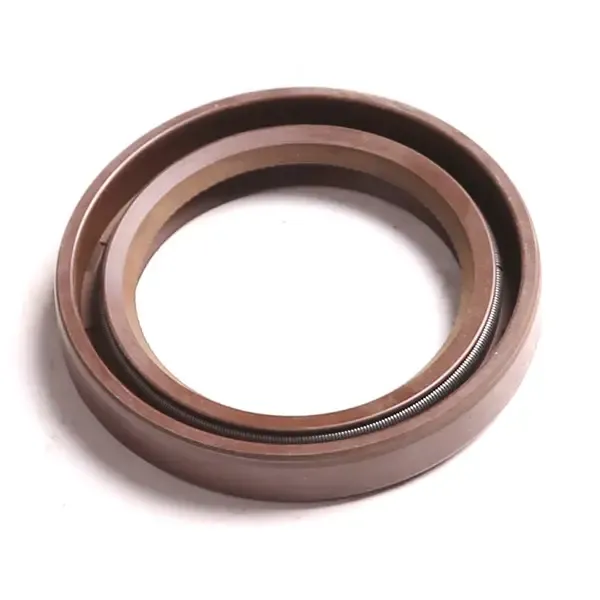10 月 . 06, 2024 06:37 Back to list
oil seal dimension
Understanding Oil Seal Dimensions A Comprehensive Guide
Oil seals, often referred to as radial shaft seals, play a crucial role in machinery and automotive applications. These components are designed to retain lubricant within a rotating shaft assembly while simultaneously preventing the entry of contaminants such as dirt, dust, and moisture. Understanding the dimensions of oil seals is essential for ensuring optimal performance and longevity in various industrial and automotive applications.
The Importance of Oil Seal Dimensions
The dimensions of an oil seal are critical as they dictate how well the seal fits within a particular assembly. An improperly sized oil seal can lead to leakage, contamination, and ultimately, mechanical failure. Here are some key dimensions that are typically considered when selecting an oil seal
1. Inner Diameter (ID) This is the size of the hole at the center of the oil seal. It must match the diameter of the shaft that it will be mounted on. Ensuring a proper fit at the inner diameter is crucial to maintain a tight seal and prevent lubricant from escaping.
2. Outer Diameter (OD) The outer diameter is the measurement of the casing that fits into the housing. A correct outer diameter ensures that the seal is securely placed within the housing, preventing any movement that could lead to leaks.
3. Width (W) The width of the oil seal determines the amount of material that makes contact with the shaft and housing. A seal that is too narrow may not create a sufficient barrier against contaminants, while one that is too wide could lead to excess friction and wear.
4. Thickness While thickness is sometimes included in the width measurement, it can also refer to the overall depth of the oil seal. This dimension is important for ensuring that the seal fits snugly in the designated groove.
5. Lip Design The lip of the oil seal is the part that makes contact with the shaft. Various lip designs exist, including single-lip, double-lip, and even customized designs for specific applications. The design can affect how effective the seal is in keeping lubricants in and contaminants out.
Material Considerations
Alongside dimensions, the material composition of the oil seal is also vital. Common materials include rubber compounds such as nitrile (Buna-N), fluorocarbon (Viton), and polyurethane. Each material has different properties that make it suitable for specific applications based on temperature, chemical resistance, and environmental conditions.
oil seal dimension

For instance, nitrile is commonly used for standard oil applications, while Viton is preferred for higher temperature and aggressive chemical environments. The correct material selection combined with accurate dimensions ensures that the oil seal performs efficiently throughout its lifecycle.
Measuring Oil Seal Dimensions
When measuring oil seal dimensions, precision is paramount. Using calipers or specialized measuring tools, technicians should measure the inner diameter, outer diameter, and width carefully. Often, manufacturers will provide a specification sheet that includes these dimensions, alongside permissible tolerances.
Choosing the Right Oil Seal
To select the right oil seal, one must consider not only the dimensions but also the application's specific requirements. Factors such as pressure, temperature, the type of fluid being sealed, and environmental exposure should be taken into account.
Furthermore, consult the machinery or equipment's manual to ensure compatibility. Often, manufacturers will specify the required oil seal part number or dimensions, making it easier to procure the correct component.
Maintenance and Replacement
Regular inspections of oil seals are essential to ensure they are functioning correctly. Signs of wear, such as oil leaks or contamination ingress, indicate that a seal may need replacement. Timely replacement not only extends the life of the machinery but also improves overall efficiency and reduces costs associated with lubricant loss and equipment damage.
Conclusion
In conclusion, oil seal dimensions play a significant role in the effective sealing of rotating shafts in machinery and automotive applications. Proper understanding and measurement of these dimensions, alongside material selection and maintenance, can lead to improved performance and longevity of equipment. As industries continue to evolve, the importance of high-quality oil seals tailored to specific applications remains a priority, ensuring that machinery operates smoothly and efficiently.